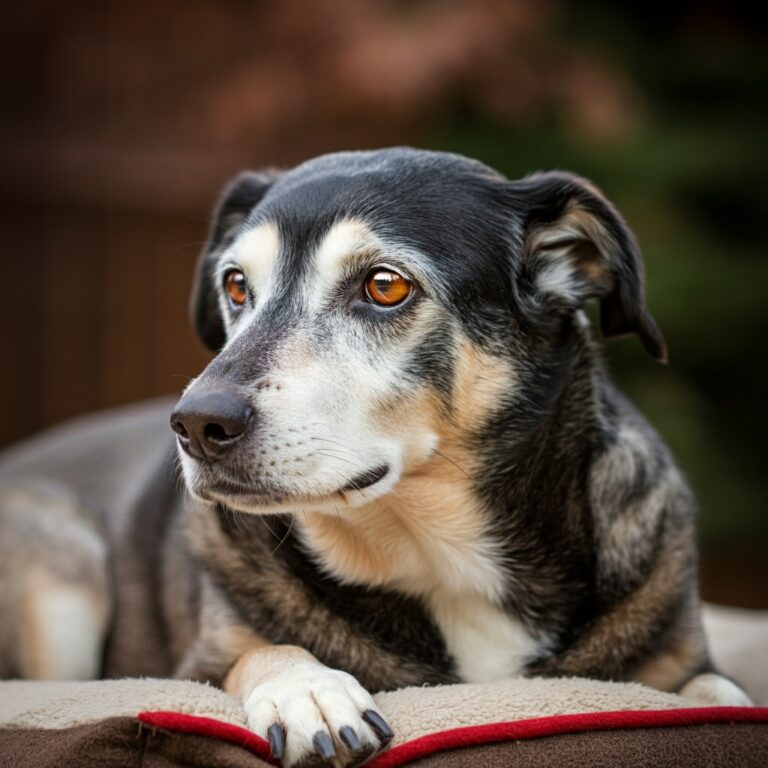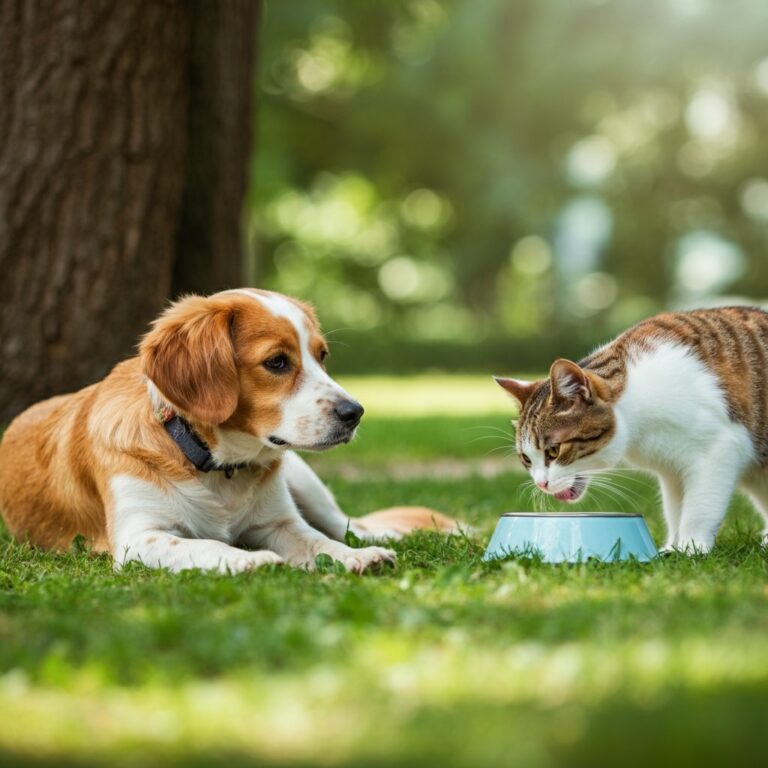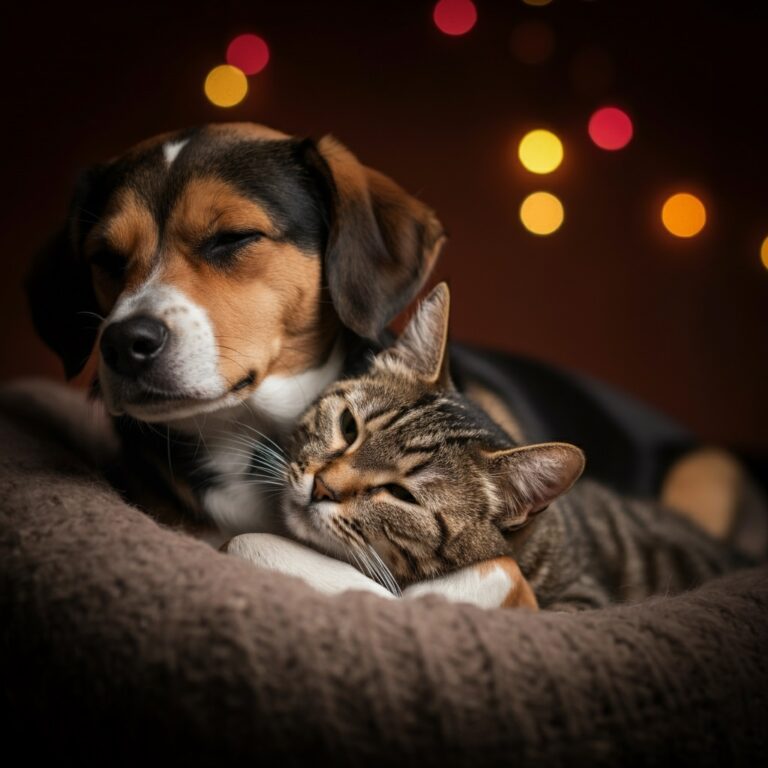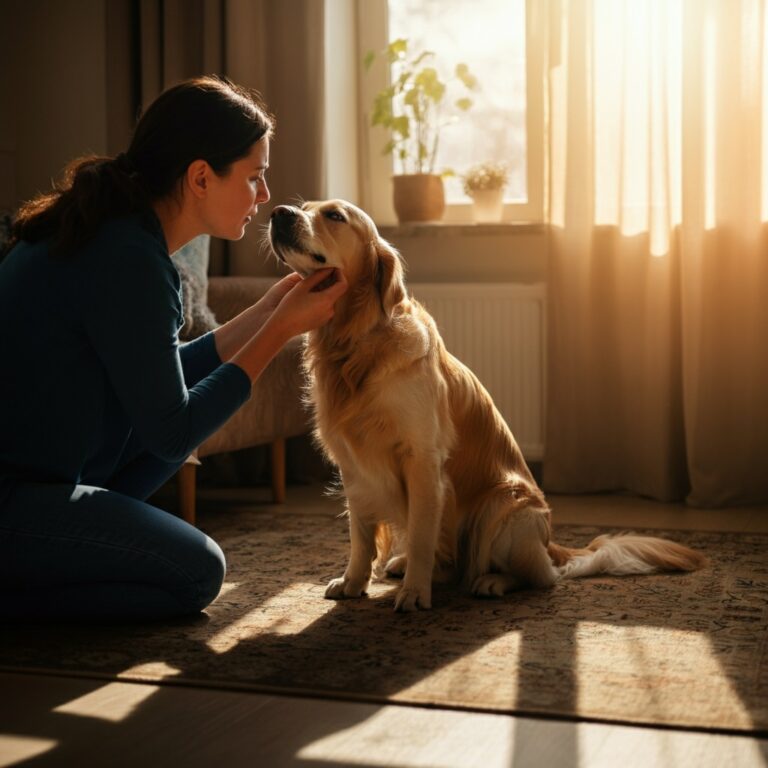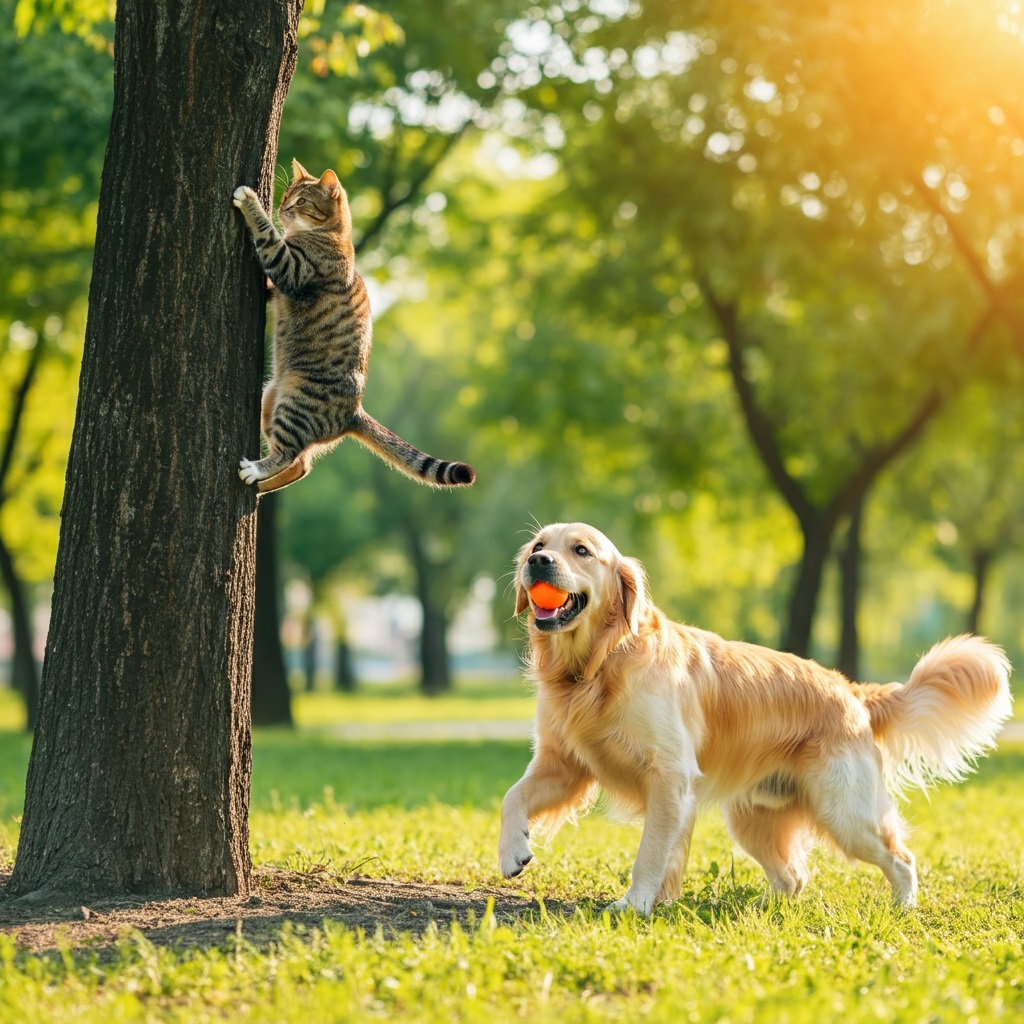
Obesity isn’t just a human problem; it’s an issue that affects our beloved furry friends too. Studies show that more than 50% of pets in the United States are overweight or obese, leading to a higher risk of health issues like diabetes, joint pain, heart disease, and a shorter lifespan. But the good news is that pet obesity is entirely preventable with consistent daily habits.
This blog will walk you through practical steps to maintain your pet’s healthy weight and improve their overall quality of life. From portion control to active play, we’ll explore easy changes you can implement today to keep your pet in tip-top shape.
Understanding Pet Obesity
Before tackling pet obesity, it’s important to understand what it looks like and why it happens. Obesity occurs when pets accumulate an excessive amount of body fat, generally due to overfeeding or lack of exercise. Symptoms of obesity in pets include:
- Difficulty feeling the ribs beneath a layer of fat
- Low energy levels or difficulty moving
- Loss of an obvious waistline
- Heavy breathing after mild activity
Some of the most common causes of pet obesity include:
- Overfeeding: Free-feeding or offering excessive treats can lead to calorie surplus.
- Lack of Exercise: Modern pets often spend too much time lounging around indoors.
- Human Foods: Feeding table scraps may seem like a harmless treat, but they’re often packed with fats and calories that pets shouldn’t consume.
It’s crucial to recognize these patterns early so you can start taking action.
Develop a Routine for Mealtime
When it comes to preventing obesity, portion control is key. Many pet owners unintentionally overestimate how much their pets need to eat. Here are a few tips to nail down the right eating routine:
Measure Meal Portions
Follow the feeding guidelines recommended by your pet food brand based on your pet’s weight, breed, and age. Alternatively, consult with your vet about the appropriate portion sizes for your furry friend.
Establish Feeding Times
Avoid free-feeding (leaving food out all day) and stick to scheduled feeding times. For instance, most dogs and cats do well with two evenly spaced meals per day.
Avoid Over-Treating
Treats should make up no more than 10% of your pet’s daily caloric intake. Choose low-calorie, nutritious treats, and avoid the temptation to share human snacks.
Encourage Daily Exercise
Exercise plays a critical role in preventing obesity and ensuring pets stay mentally stimulated. The amount and type of activity will depend on your pet’s species, breed, and age.
Exercise for Dogs
- Daily Walks: Aim for at least 30 minutes of walking per day. If your schedule is busy, even short, brisk walks add up.
- Playtime: Activities like fetch, tug-of-war, or hide-and-seek can help burn energy.
- Dog Sports: If you want to up the ante, consider enrolling your pet in agility training or flyball classes for additional exercise.
Exercise for Cats
- Laser Toys and Wands: Cats are natural hunters, and laser toys or wand teasers mimic prey, keeping them active.
- Interactive Feeders: Use puzzle feeders to make mealtime more engaging and encourage movement.
- Climbing Options: Cat trees or shelves allow your cat to engage in instinctive climbing behavior.
Pro Tip
Rotate toys regularly to keep activities fresh and exciting for your pets.
Continues after advertising
Monitor Your Pet’s Weight Regularly
Preventing obesity requires regular weight monitoring to ensure you’re on the right track. Here’s how to keep an eye on their physical condition:
- Weigh Them Monthly: Weigh your pet consistently and record their progress.
- Body Condition Score (BCS): This scoring system, often outlined by veterinarians, helps assess whether your pet is underweight, healthy, or overweight based on physical attributes.
If you notice your pet is gaining weight, adjust their portions or increase physical activities.
Prioritize Nutrition with High-Quality Food
A nutritious diet is essential for maintaining a healthy weight. Not all pet foods are created equal, so be mindful of what’s going into your pet’s bowl.
Look for High-Quality Ingredients
Choose pet food with real protein sources (such as chicken or salmon) as the first ingredient. Avoid products with fillers like corn, artificial flavors, or excessive amounts of fat.
Tailor to Your Pet’s Needs
Some pets, like senior dogs or those with specific medical conditions, may require specialized diets. Consult with your veterinarian to determine the right food for your pet’s needs.
Control Calorie Intake
Opting for “weight management” formulas with fewer calories can be a good option if your pet is already overweight or has a slower metabolism.
Partner with Your Vet
Your veterinarian is your best ally in preventing and managing pet obesity. Regular vet visits offer an opportunity to assess your pet’s overall health and receive personalized advice.
During these visits:
- Discuss your pet’s weight management plan.
- Get recommendations for portion sizes, food types, and exercise routines.
- Rule out medical causes for weight gain, such as hypothyroidism.
Routine veterinary care ensures you’re never working on your pet’s health alone.
Build a Supportive Environment
Keeping your pet fit often requires shifting habits as a family or household. If multiple people interact with your pet daily, ensure everyone is on board with the health plan by:
- Creating a unified feeding schedule.
- Limiting access to table scraps.
- Sharing the responsibility of daily walks and play sessions.
Consistency across all caregivers makes a world of difference when it comes to achieving results.
The Value of a Healthy-Weight Pet
Preventing pet obesity benefits not only your furry friend but you as well. Healthy-weight pets live longer, experience fewer health issues, and stay more active and playful throughout their lives. And as a pet owner, you’ll spend less time worrying about vet bills and more time enjoying quality moments together.
Read More👉 The Benefits of Spaying and Neutering Cats
Start Today to Keep Your Pet Happy and Healthy
The key to preventing pet obesity lies in developing mindful and consistent daily habits. From managing portions to prioritizing exercise and routine vet visits, each step matters. Take a moment today to evaluate your pet’s current diet and activity levels, then implement these simple changes to give them the healthy, active life they deserve.
If you’re unsure where to begin, talk to your vet or a pet nutrition expert for tailored advice. A healthier, happier life for your furry best friend starts with small, daily choices. Start today!
